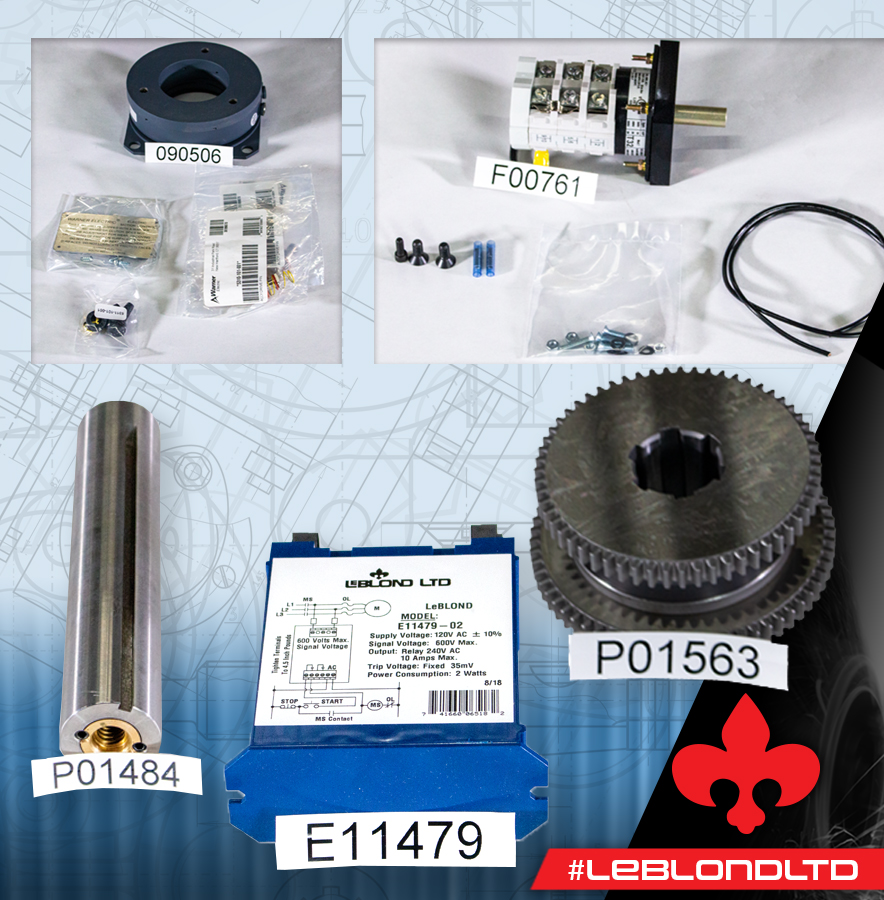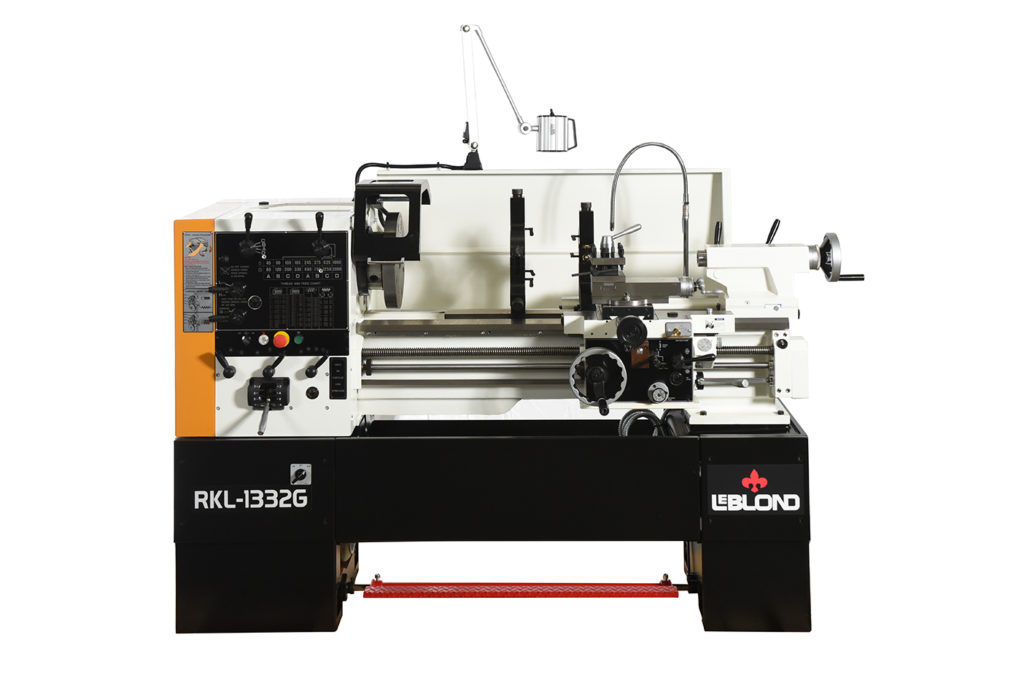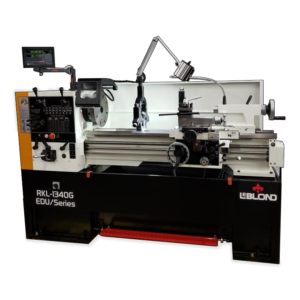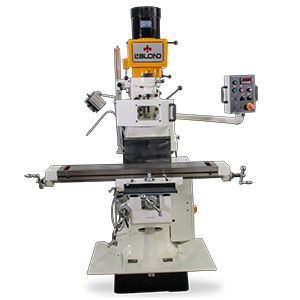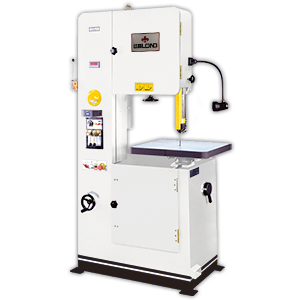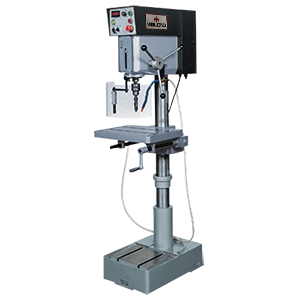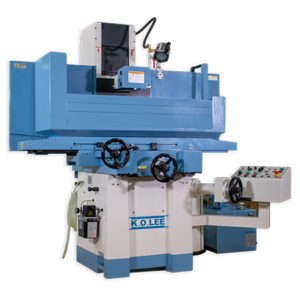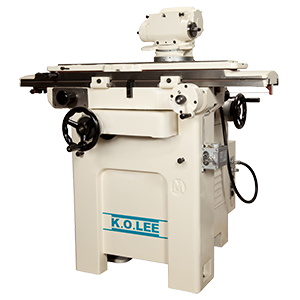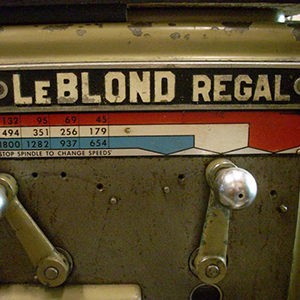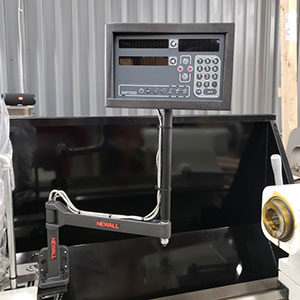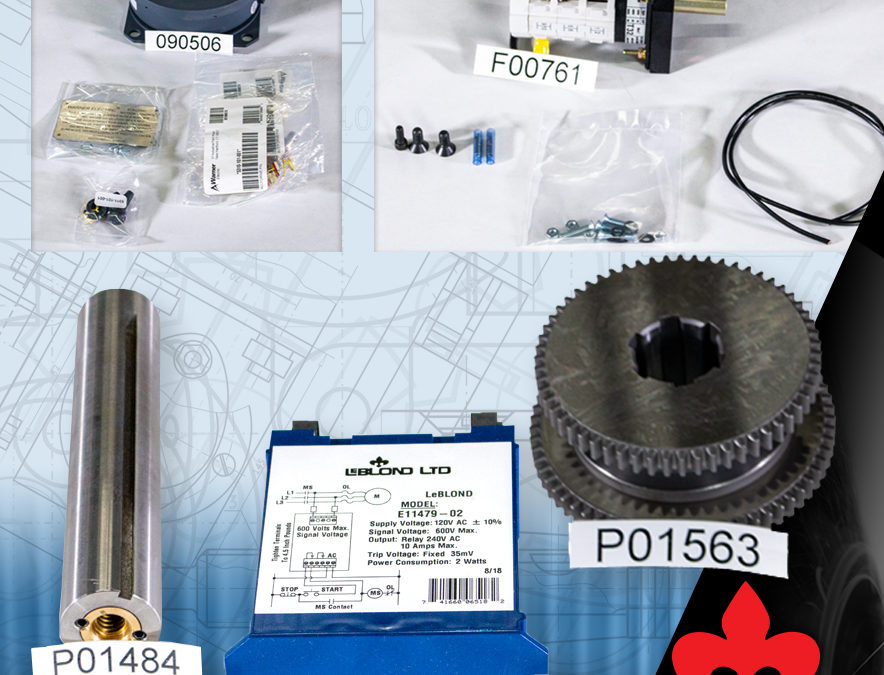It is a simple truth for all machine tools that perform challenging metal turning, cutting and boring: Parts eventually wear out. The continuous operation of lathes in a machine shop potentially wears out a variety of moving parts on the machine. The proper maintenance schedule for parts on a lathe can potentially extend the life of the lathe for decades compared to neglecting this aspect of machining. Many LeBlond lathes from the 1940s and 1950s are still in operation thanks to proper care and maintenance over the years by their owners.
When should you replace lathe parts?
A skilled lathe operator may know exactly when parts need to be replaced. There are some tell-tale signs to watch for on the lathe performance:
- The lathe requires more lubrication oil than normal
- It takes longer to complete contracts than previous similar projects
- The quality assurance (QA) department finds more defective pieces
- The lathe sounds or feels different due to unusual vibration or chatter
- Visible cracks are noticeable on hoses
- Normally smooth surfaces have snags or a jagged feel
- Movement of spindles or slides is restricted
This list is not all inclusive of when noticeable issues arise for parts replacement or repair. Every machine has different warnings depending on the age of the machine/part, project types, or metal types being machined. However, once you experience an abnormality, it is a good idea to perform system checks to determine what may need to be fixed.
Maintenance Schedules Help Keep Your Lathe in Tip-Top Condition
Just like changing the oil or rotating the tires on a car, there are certain required maintenance checks to perform for lathes. It is best practice to implement a comprehensive plan to regularly evaluate the machine. Some maintenance items important for the long-term health of the lathe include:
- level the lathe at least every six months. This check may be needed more frequently if the lathe:
- is bumped by a forklift or
- has a catastrophic tooling failure
- inspect lathe part lubrication levels according to the recommended timing
- clean the filters as needed
- inspect the spindle and headstock for debris
- perform spindle lubrication tests every six months
- Chucks: grease weekly, inspect every six months, clean annually
Having an established maintenance plan in place allows the machine shop to better plan for downtime. It is best to schedule routine repairs than to scramble in the middle of a contract if failure occurs. Check your lathe manual or contact your LeBlond representative for a comprehensive maintenance schedule.
Repair or Replace
It is a machine shop manager’s role to either repair or replace a machine part if it is faulty. Some parts are easier to repair than others. For parts like a chuck, repairing jaws or removing chips that are stuck is an easy fix. However, other parts require more skilled remediation. In those instances, it may be quicker and more cost effective to purchase new parts. Each instance is different for this decision. Once the decision to replace an old, worn-out part is made, it is important to find parts that meet the OEM specs. LeBlond Ltd. provides OEM parts built to original machine specifications and provide knowledge to keep your equipment the workhorse of the machine shop.
For replacement parts, please submit a request through our online form or call (888) 532-5663 and select option 1.
